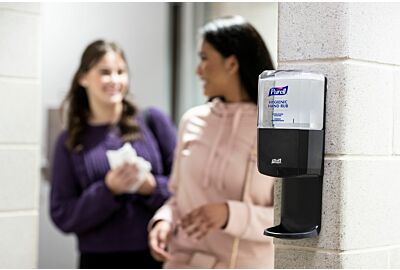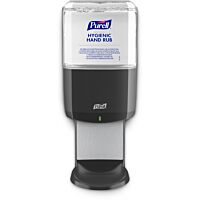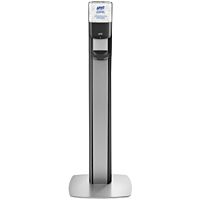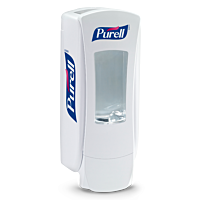Author: Stephen Wagner - Senior Total Solutions Manager, GOJO Industries
Adapted by: Romina Peralta
Good hand hygiene is a fundamental daily practice, particularly in businesses and facilities where many people gather and where there are shared surfaces and common areas. Increasingly, there is an expectation that businesses and facilities offer hand sanitiser at key locations, in addition to soap at all sinks. In fact, three in four people expect hand sanitiser to be offered in public spaces*. Rather than cluttering up a facility with tabletop bottles, dispensers are a natural solution that eases maintenance, reduces bottle theft, provides a portion-controlled amount of soap or hand sanitiser, improves aesthetics, and makes it easier for the user.
One of the significant decisions when selecting the appropriate dispenser is whether to choose a touch-free dispenser (automatically dispenses a pre-programmed amount of hand soap or hand sanitiser once activated by the sensor) or a manual dispenser (where you depress a push bar to deliver the product).
Considerations of manual dispensers
Push-style dispensers require you to depress a push bar and are wall-mounted, requiring appropriate clearance space on a nearby wall.
- No worries of frequent battery replacements.
- Less opportunity for false or accidental actuations/dispenses.
- Push bar adds an increased touchpoint.
- Manual dispenser can allow more control over how much product is dispensed, which can be ideal in education and other youth-oriented environments.
- Certain settings prefer manual-style dispensers, such as prisons, behavioural health settings, and exterior settings where extreme weather can impact batteries.
When to select touch-free dispensers
Touch-free systems, which are activated by a sensor, are perfect for many locations, including freestanding dispensers when walls aren’t nearby.
- Aids in the reduction of and transmission of germs.
- Easier and faster to use.
- Touch-free is very popular – the majority of people indicate they are more likely to use a publicly provided hand sanitiser if it is a touch-free dispenser.*
- Typically, can be used from several angles or directions, while manual dispensers need to be engaged directly from the front.
- Tends to suffer less from wear and tear.
- Need to maintain batteries.
- While they come with additional battery costs and maintenance needs, there are dispensers on the market that have the technology to overcome this burden.
- Electronic hand hygiene monitoring systems typically use touch-free dispensers.
- Limits potential waste or misuse by controlling output.
Innovation meets reliability in PURELL® dispensers
GOJO has been developing innovative dispensers for more than 70 years – since our co-founder, Jerry Lippmann, invented the first-ever portion-control dispenser in 1952. We have many manual and touch-free dispensing systems and hand sanitiser stands. The PURELL® ES8 dispensing system eliminates dead batteries and streamlines maintenance with AT-A-GLANCE™ refill technology, giving you a dispenser that’s sleek, reliable, and sustainable.
* Results based on a nationwide online survey of 500 individuals, May 2023
















